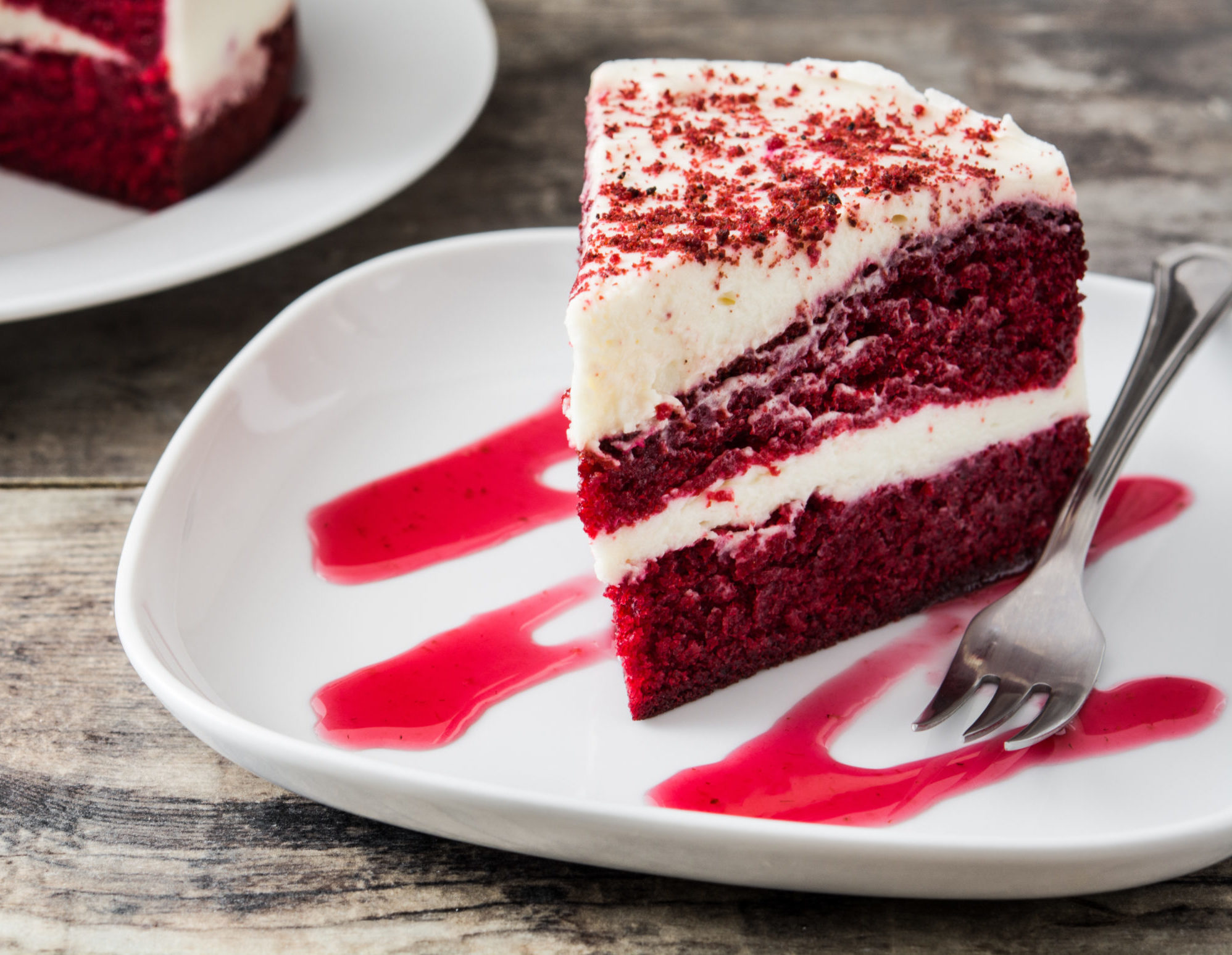Sources of Food Ingredients: Certified Colors
Certified Colors
- What are certified colors?
Certified color additives are substances tested and certified by the U.S. Food and Drug Administration (FDA) for use in imparting color in food, drugs and cosmetics.
Certified color additives are specifically referred to on food labels in the United States by the designation “FD&C” followed by a number that corresponds to the specific chemical nature of the color. They also typically have generic names. For example, FD&C Red#40 is a red color additive that has the generic name Allura Red AC.
Examples of colors:
- Blue 1
- Blue 2
- Citrus Red 2
- Green 3
- Red 3
- Red 4
- Yellow 5
- Yellow 6
- How are certified color additives made?
Certified colors can be derived from natural sources or synthesized from smaller organic molecules. This process includes multiple purification steps to ensure high quality, safe products.
- Why are certified color additives in my food?
Food manufacturers choose to use color additives to enhance the appearance of foods and beverages. Certified color additives are chosen frequently for this purpose, since global regulatory agencies have approved their use in food based on well-established safety profiles.
- Are certified colors safe?
The International Association of Color Manufacturers ( IACM), which represents both color manufacturers and consumer product companies that use color, understands that the safety of the food supply is of paramount importance to all consumers. Color additives have been extensively studied and reviewed by regulators globally. The relatively small number of color additives used globally permits more attention to be given to the safety assessment of individual materials. To learn more about the safety of synthetic colors, please visit this page.
- What foods and beverages contain certified colors?
A great variety of foods and beverages contain certified color additives. The most common foods include candy, chips/crackers, popcorn, cheese, cereal/energy bars, cakes/pastries, desert toppings, yogurt and soup. Beverages include sports drinks, energy drinks, juices, flavored milk, soda, beverage mixes/concentrates and alcoholic beverages/liqueurs.
- Are certified color additives permitted for use in the U.S. and in other countries?
Certified color additives are permitted for use in the U.S. per the Code of Federal Regulations Title 21, Part 74. Colors certifiable in the U.S. are also approved for use in Europe (with individual E number designations) through European Commission Regulation No 1333/2008 and listed by the Joint FAO/WHO Expert Committee on Food Additives (JECFA) with established specifications and acceptable daily intake limits for countries adhering to WHO/JECFA guidelines. For more information on how colors are regulated, please visit.
Color additives certifiable by the FDA are generally approved for use in many other countries but are labelled according to their generic names outside of the United States.
To learn more about the Global Regulatory Status of Synthetic Colors approved for Use in Human Food, please reference this table.
- Can certified color additives be used in foods marketed as organic, vegetarian, halal or kosher?
Food and beverage products can be labelled as “certified organic” (and bear a USDA Organic seal) if no less than 95 percent of its components meet the National Organic Program’s (NOP) organic definition. The other five percent can be non-organic components including certified color additives.
Certified color additives can be used in foods marketed as vegetarian, since certified colors are not derived from animals.
Certified color additives are potentially certifiable as Halal or Kosher, but these types of certifications must be secured from individual color additive manufactures based on the nature of their production processes and raw material supply chain.
- Why are color additives desirable in foods and beverages?
Many people enjoy consuming foods and beverages that look attractive and have colors that match the anticipated appearance of a given food type. Sometimes, after processing and storage, foods lose any native or appealing color. Using color additives, foods that would be otherwise unappealing are perceived to be enjoyable in many cases. These include food and beverages with significant nutrition value such as cereals and juices.
- Do colors contain genetically modified organisms (GMOs)?
No, certified color additives do not contain GMOs.
- Are certified color additives safe for children?
Certified color additives at current use levels in food and beverage products are safe for children in most cases. Global authorities have concluded that data provides only limited evidence that food additives, including colors, cause even very small effects on a child’s activity and attention levels. In addition, no global experts have recommended banning or limiting the use of colors in foods. Parents of children who may be sensitive to food ingredients, including colors, can avoid such foods in consultation with their doctor based on existing ingredient declarations and labeling requirements. More information is available from the FDA here
- How long have colors been used in foods?
Certified color additives have been used in foods for over 50 years.


